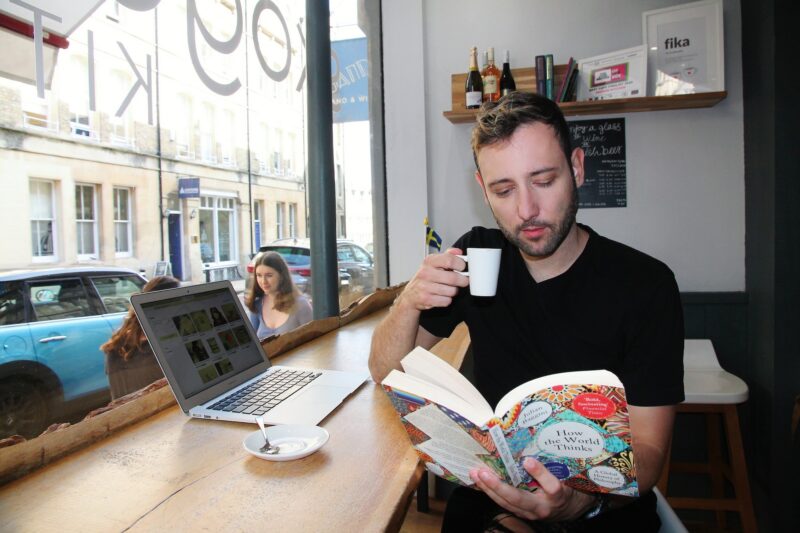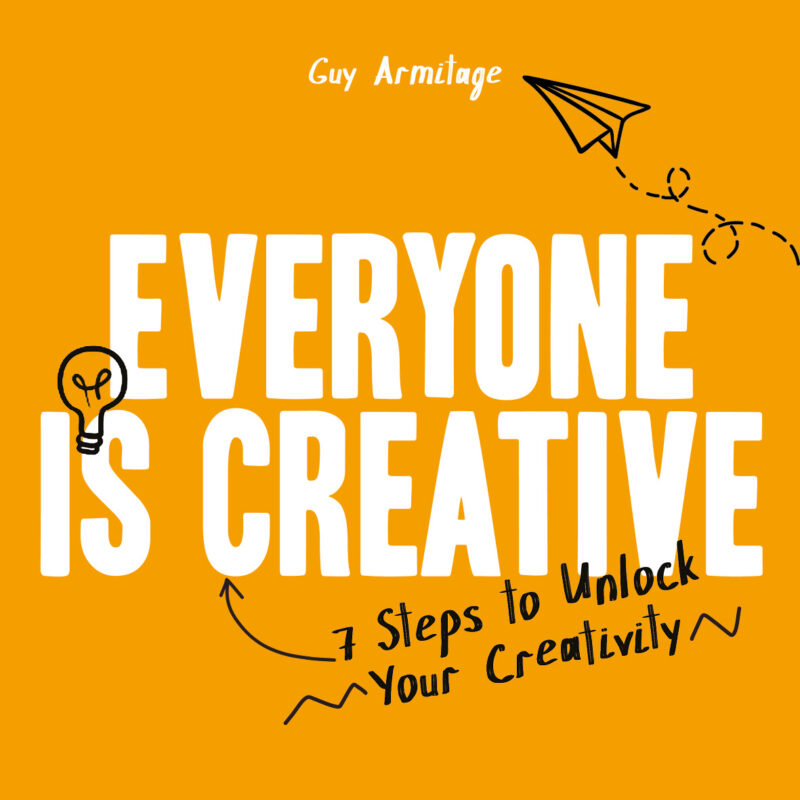Top 5 books for the holidays picked by Magnum- Cameron Foxhall is Magnum’s Operations Manager; beginning her career in 2018 as a freelancer during the Square Print Sale, she now oversees the global fulfilment of Magnum’s online Shop. Cameron is originally from Pittsburgh Pennsylvania and prior to working at Magnum, she received her BFA from Montserrat College of Art. Here she picks her top five books from the Magnum shop to read on the cold winter nights and over the festive break. Check out the Magnum shop for further books, prints and posters for gifting (or self-gifting) as we reach the end of 2023.
Coming and Going, Jim Goldberg
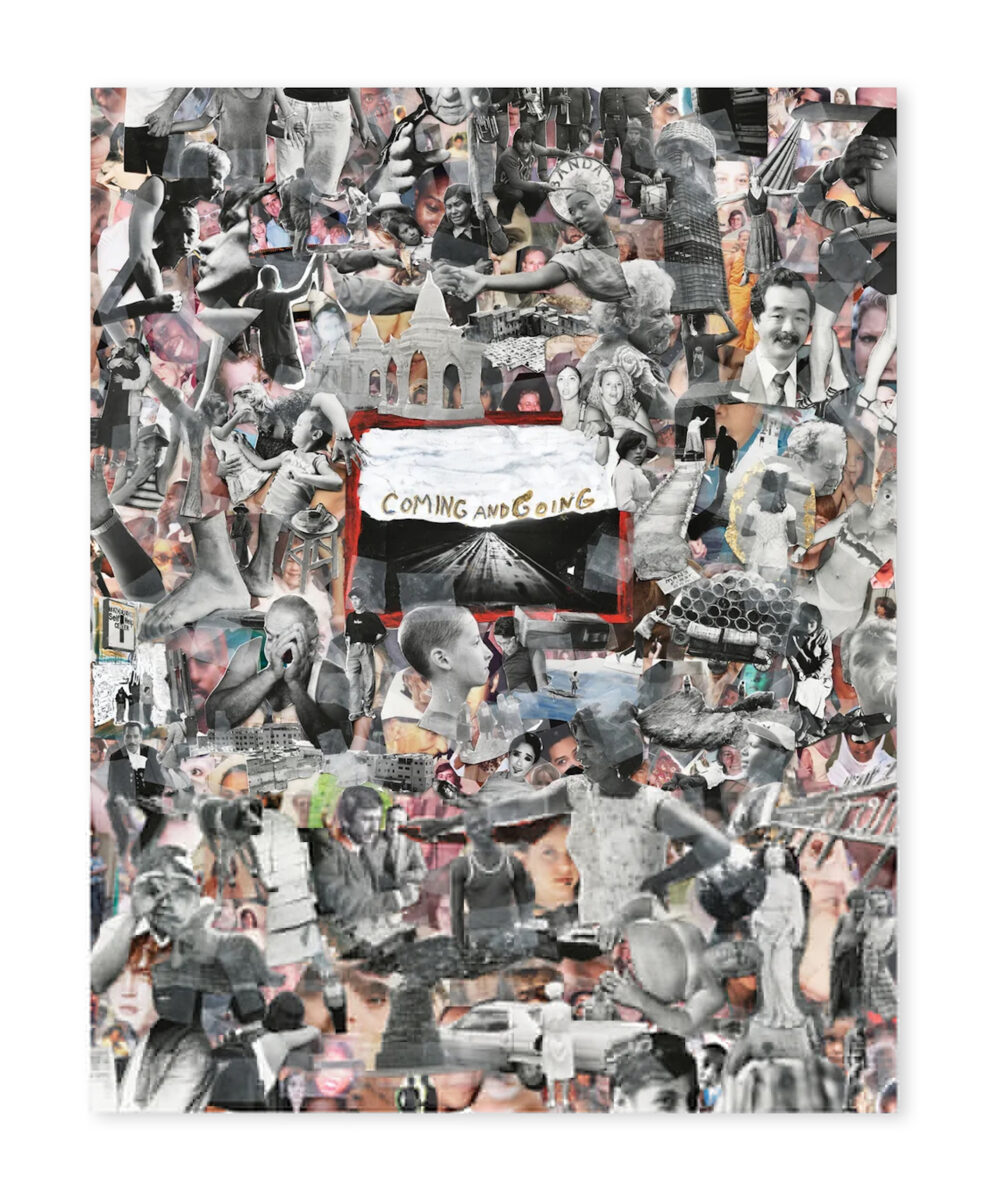
Coming and Going is Jim Goldberg’s unique work of autobiography. Since 1999, Goldberg has been photographing his daily life through all its vicissitudes and returning to his studio to re-imagine and investigate these images through a practice of collage, annotation, montage, and reconstruction for which he has become renowned. This book charts a course through the grief following the death of one’s parents, the life-altering birth of a child, the heartbreak of divorce, and the rediscovery of love. Told using a correspondingly tumultuous blend of singular and combined imagery, personal notes, collages, and ephemera, the book captures the bittersweet realities of an individual life while reflecting on the universal, inescapable comings and goings that shape us and the ways we grow to understand ourselves. Familiar from celebrated works such as Rich and Poor (1985), Raised by Wolves (1995) and Open See (2009), Goldberg’s visual language employs sequence and narrative with a feverish intensity. History, memory, and imagination collide in a vividly material practice to which the influences of fiction and film, and the book form itself, are central. Coming and Going offers a fierce, vulnerable, and at times overwhelming account of a life and a search for the elusive universals of experience – an achievement that constitutes Goldberg’s masterwork and a significant contribution to contemporary bookmaking.
The Bikeriders, Dany Lyon

The Bikeriders explores firsthand the stories and characters of the Chicago Outlaws Motorcycle Club. The journal-size title features original black-and-white photographs and transcribed interviews made from 1963 to 1967, when Danny Lyon was a member of the Outlaws gang. Authentic, personal, and uncompromising, Lyon’s depiction of individuals on the outskirts of society offers a gritty yet humanistic view that subverts the commercialized image of Americana. Akin to the documentary style of 1960s-era New Journalism, made famous by writers such as Joan Didion, Hunter S. Thompson, and Tom Wolfe, Lyon’s work demonstrates humanitarian interests, advocacy, and “saturation reporting.” The importance of his work and our interest in the subject is reinforced by Lyon’s immersion in his subject.
On the Sixth Day, Alessandra Sanguinetti
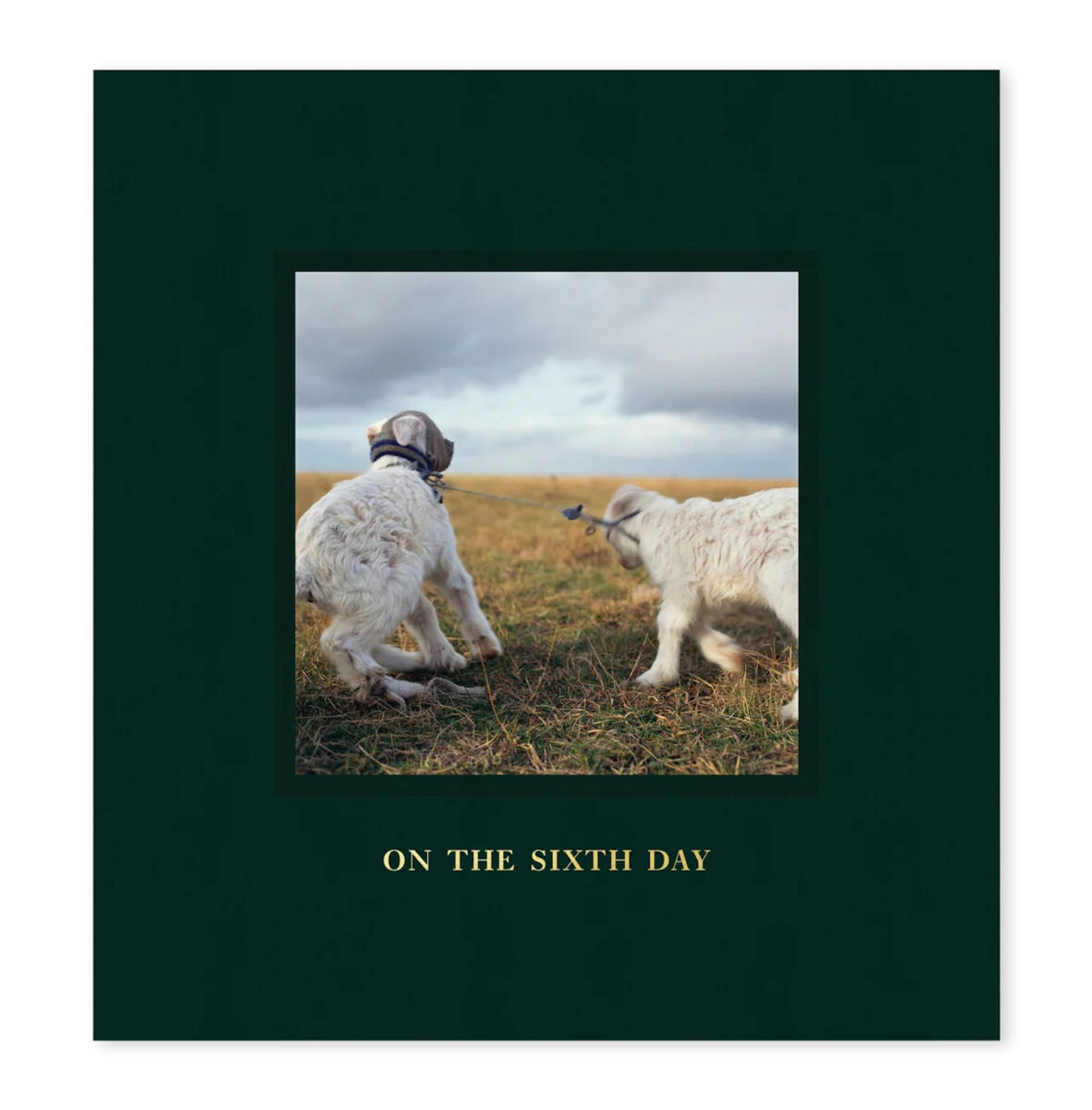
Alessandra Sanguinetti’s On the Sixth Day offers us a glimpse of life on a small Argentine farm from the perspective of its animals. Often photographed close to the earth, the images render the courage, struggles, and adventures of chickens, pigs, horses, and cows. We see them newly born, at play, vying with each other for food, their fate always uncertain as human presences inevitably loom above. With their rich, almost surreal colour, these photographs evoke traditional fables or classic children’s books in which animals enact human behaviours to teach moral lessons. Yet Sanguinetti portrays these animals as individuals in their own right, each with their own mysterious spirit, relating their lives from birth to death with an unsentimental and direct gaze.
A Pound of Pictures, Alec Soth

A Pound of Pictures is a stream-of-consciousness celebration of the photographic medium, bringing together an entirely new collection of work by Alec Soth made between 2018 and 2021. Depicting a sprawling array of subjects — from Buddhist statues and birdwatchers to sun-seekers and busts of Abe Lincoln — this book reflects on the photographic desire to pin down and crystallise experience, especially as it is represented and recollected by printed images. Throughout this eclectic sequence are the recurring presences of iconography, of souvenirs and mementos, and of the image-makers that surround us day to day. Forming a winding, ruminative road trip, Soth’s photographs are followed by his own notes and reflections in an extended afterword. ‘If the pictures in this book are about anything other than their shimmering surfaces,’ he writes, ‘they are about the process of their own making. They are about going into the ecstatically specific world and creating a connection between the ephemeral (light, time) and the physical (eyeballs, film).’
Last Resort, Martin Parr
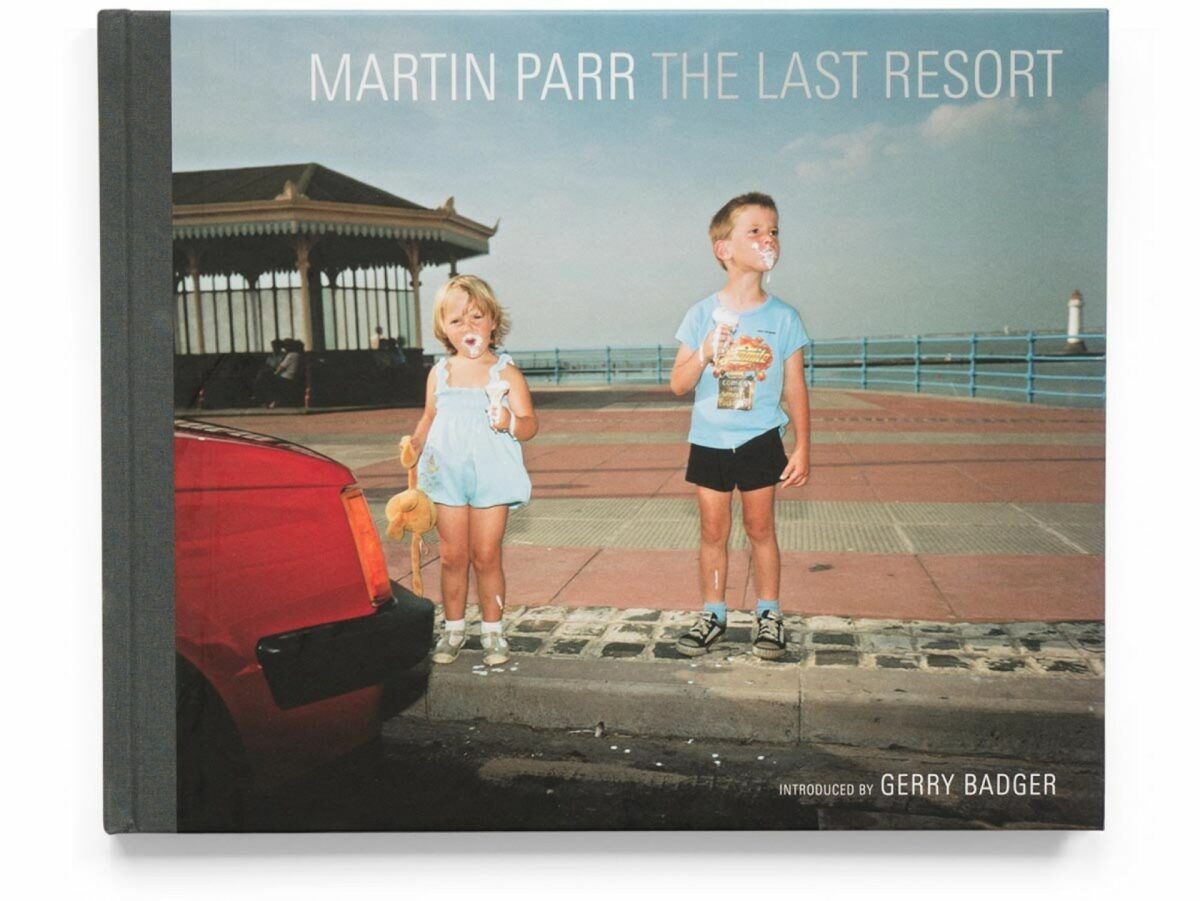
When Martin Parr’s The Last Resort was first published and exhibited in 1986 it divided both critics and audiences alike. Some saw it as the ‘finest achievement to date’ of colour photography in Britain whilst others viewed it as ‘an aberration’. With the benefit of hindsight there is little doubt that it transformed documentary photography in Britain and placed Parr amongst the world’s leading photographers. The book is now recognized as a ‘classic’ and is highly sought by collectors worldwide. Whilst this new edition keeps the same images and sequence as the original, a new text has been commissioned from Gerry Badger.
Steering a perilous course between objectivity and voyeurism, Parr viewed the decaying holiday resort of New Brighton and its holidaymakers in a way that was new, unique and deeply disturbing. And he did so in colour, something which at the time was seen as revolutionary for documentary work. For some his camera seemed cold and cruel as it followed the working classes desperately pursuing their holiday dreams surrounded by dereliction and decay and wading through the apparently endless detritus of a pollution-ridden consumer society. Others felt it showed an affectionate, humorous and humanistic response from Parr. However it was viewed, it was undoubtedly a sharp, bitter satire of the Britain of the Thatcher years.




